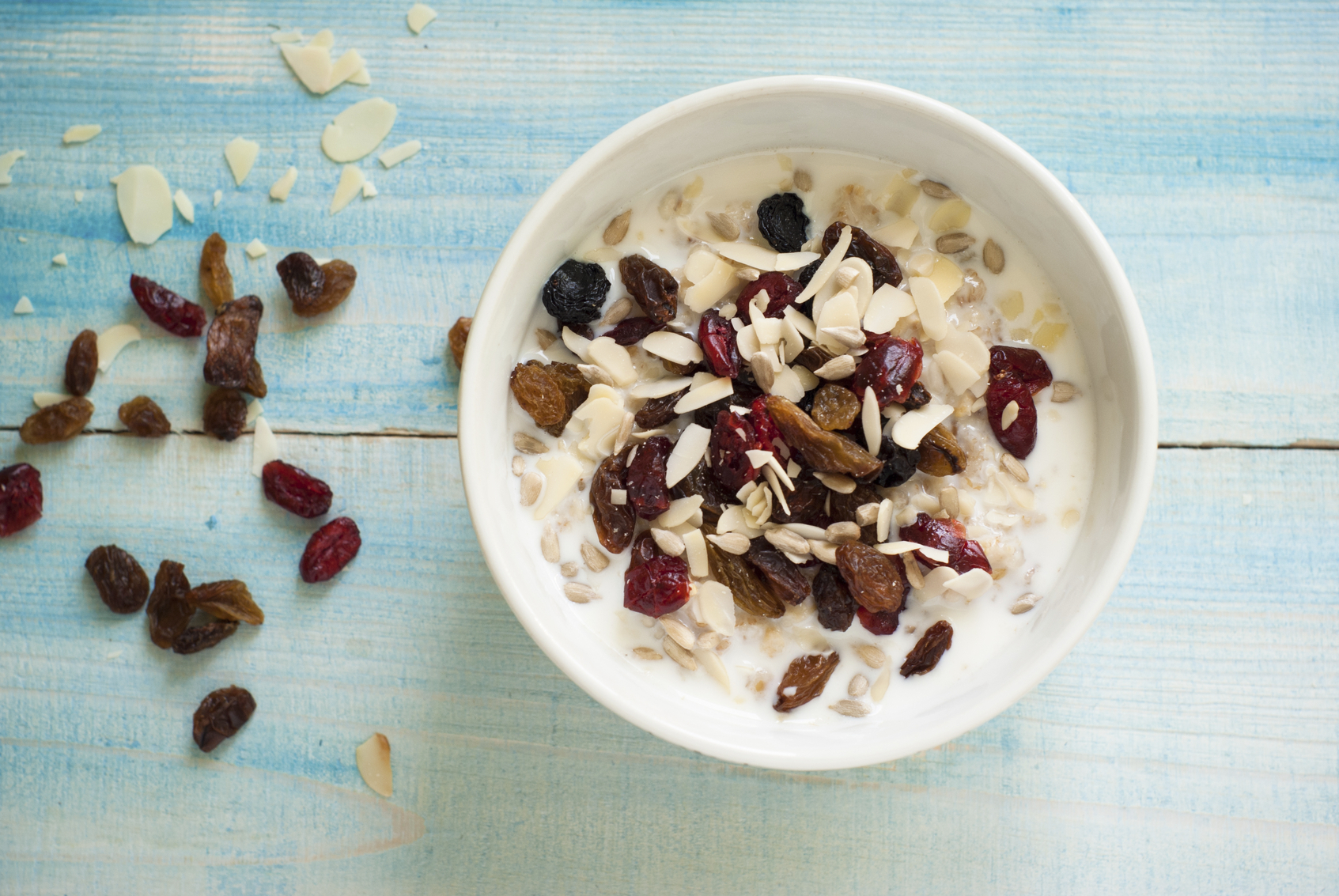Porridge, as a friend of mine once memorably remarked, is a very personal thing. It’s like stovies, in ways that surpass either of them being simply Scottish-based foods with a reputation for stodginess and much cheapness. They also possess the ability to evoke in otherwise sensible people opinions on style of presentation and combination of ingredients as diverse and venomous as those currently expressed chiefly by EU referendum campaigners and Euro 2016 football “fans”.
Leaving aside the bitter memory of Heston Blumenthal’s infamous snail porridge (which I suspect is what most of his diners did, too), do you make your porridge with water or milk? Does it come in dinky little sachets with a built-in liquid measuring line or come straight oot the rugged, rusticated bag, freehand and devil-may-care?
Do you add sugar or salt? Is cream in the mix? Golden or maple syrup? Fruit? Peanut butter? Zucchini? Carrot cake? I kid you not; these debates are currently being framed all over the nation as gruel moves from cruel to fuel for the fevered imaginations of chefs with an axe to grind, the worried well who are always looking for something to make them feel better about themselves and those who reckon we are what we eat, just as long as you can tart it up a bit along the way to appease the foodies.
As for stovies, don’t get the Other Half started on that. They have to be made with beef dripping and you’re allowed onions but woe betide you if you introduce tomatoes or corned beef. That is corned beef hash and has no place in the pantheon of stovie recipes. Stovies are not pink. Or even pink-ish. So there.
Most Scots worth their salt cannot see past just that – salt, and cold milk – as the only additions to their porridge. Somewhat in the same way as my late father always used to insist that the only things you should ever add to whisky were water and more whisky. There’s a pattern emerging here and it ain’t tartan.
Me, I’m a bit of a rock ‘n’ roll rebel and I make mine with water and have it with plain yoghurt as I cannot thole milk in any quantity. So yes, I am deviating from the national norm in some respects. I never said I was over-endowed with moral, rather than dietary, fibre.
Of course, Dr Johnson dissed oats and the people of North Britain at one fell swoop when he remarked that such foodstuffs were eaten by Scots in Scotland and horses in England. But now, as the world turns and we find out that things we previously thought were bad for us are actually good (Thank you butter! Be off with you cholesterol!), porridge is not only a very personal thing.
It’s the answer to life.
The biggest-ever analysis of the benefits of whole grains has come to the somewhat unsurprising conclusion that a large bowl of porridge a day may protect against death from cancer and lowers the risk of all causes of death by 22 per cent. How it helps if you are about to hit by a bus I don’t quite know, unless bulk-buying packets of Quaker or Scott’s serves as a barrier against the encroaching bumper, but there you are. Nobody ever said that these surveys covered all major food groups.
This is not new, of course – we’ve all known for years about the positive effects of oats, fibre and all that roughage malarkey. Even international coffee chains have been known in recent times to offer breakfast porridge mixes which it must be said are just about as authentic as these organisations’ arguments against paying their taxes in full. But given the fact that this dish is still synonymous with us here in Caledonia, all this healthy outcome predicting seems to go against the grain of our national tradition of eating badly, wrongly and too much.
Oat cuisine and the Scottish way of life seem somehow to be at odds with each other yet are bound together like a nice plate of, well, porridge. Go figure.
One element found only in oats is being bigged up in particular. It’s called beta-glucan which sounds not so much like a healthy enzyme as a somewhat shady peer who disappeared into the ether in the 1970s and hasn’t been seen since. It is often said of some people that you wouldn’t recognise them if you found them in your soup. Perhaps we’ve been looking in the wrong place all these years…
And as if all this wasn’t enough food for thought, I understand that Greggs, that High Street bastion of the pasty and the steak bake, is considering introducing a gluten-free range and a Mexican selection. And sushi.
Obviously the next natural progression for the answer to life has to be taken a step further in light of this earth-shattering information. Sushi porridge, anyone?
We should live so long…










